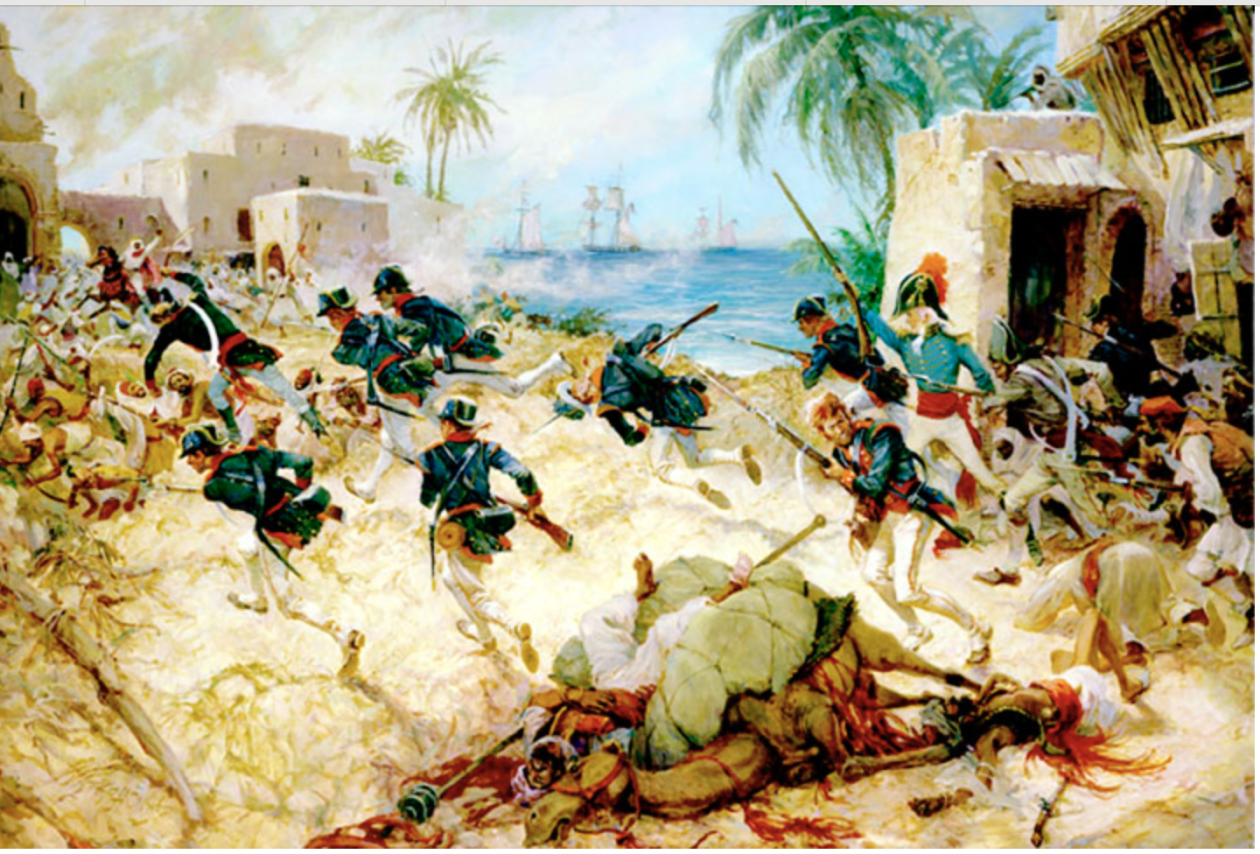
This course follows the trail of U. S. missionaries, prospectors, technocrats, spies and soldiers into the Muslim Middle East and North Africa (MENA) region. United States involvement in the Muslim Middle East began in the early nineteenth century with protestant missions (the American Board of Commissioners for Foreign Missions) and the opium trade. Although the British, French, and Germans had been the primary powers and allies of the Ottoman Empire (1322-1924), after WWI the U.S. also sought out concessions. The rise of Fascism in Europe and later the Cold War changed everything, as the U.S. strengthen its alliance with Israel, sent in the Marine Corps, overthrew governments, and continued to heavily arm its proxies. Students will have the opportunity to explore case studies to retrace different facets of the U.S. cultural, economic, political, and military impact on different countries and the major conflicts of the 20th century.
